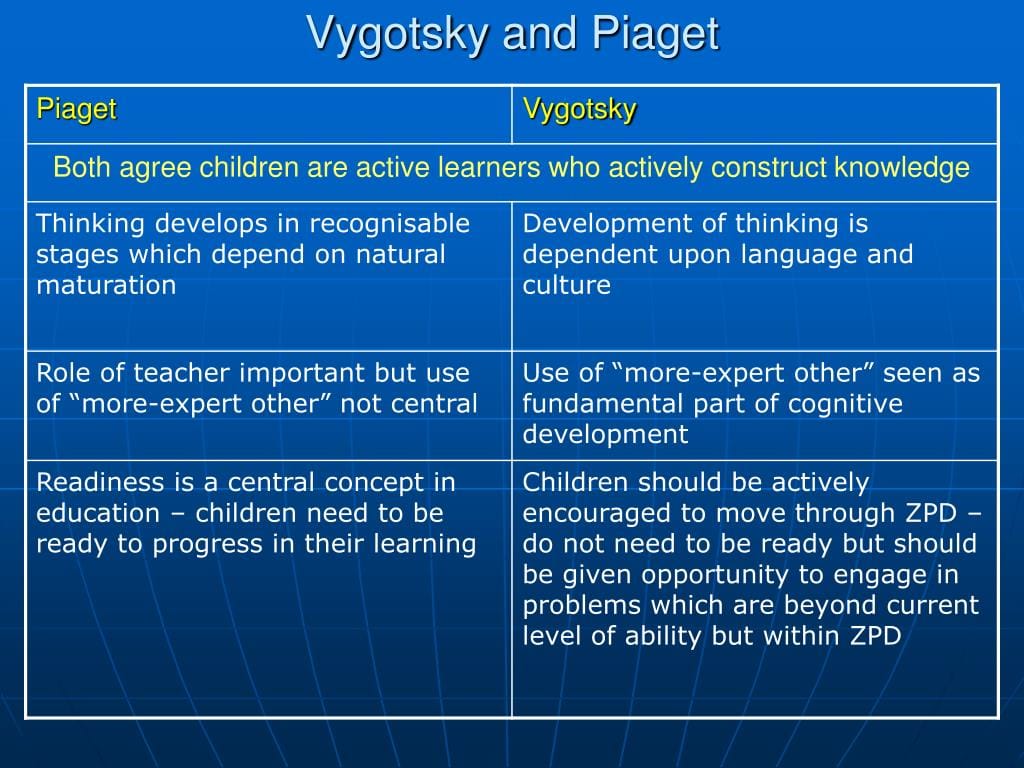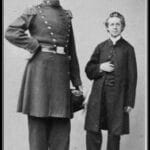Have you ever wondered how we learn and understand the world around us? Lev Semenovich Vygotsky, a brilliant psychologist who lived in the early 1900s, developed groundbreaking ideas that help us to understand this process. His theories explored how social interactions play a crucial role in our cognitive development and how culture provides us with tools to make sense of our experiences. Join us as we delve into the fascinating world of Lev Semenovich Vygotsky and unravel his social development theories that continue to impact education and psychology today.
The Power of Social Interaction in Child Development
While Lev Semenovich Vygotsky might not be a household name, his ideas have quietly shaped how we understand children’s learning and development. Unlike some who saw kids as solo explorers figuring out the world alone, Vygotsky knew that the people around them were the key. He believed that growing up wasn’t just about what went on inside a child’s head, but how that connected to the world outside.
His big idea, called the “sociocultural theory,” tells us that kids don’t learn in a vacuum. Instead, their minds are shaped by the conversations they have, the games they play, and the traditions they see in their families and communities. Imagine a child learning to bake alongside their grandmother. It’s more than just following a recipe; it’s the stories shared, the gentle guidance, and the pride in creating something together that truly make the experience meaningful.
Vygotsky’s Enduring Concepts: ZPD and the Role of Language
One of Vygotsky’s most important concepts is the “Zone of Proximal Development” (ZPD). Think of it like a learning sweet spot. On one side is what a child already knows, and on the other side are things that are still too difficult, even with help. The ZPD is the space in between, where a child can accomplish something new with a bit of scaffolding from someone more experienced. It could be a teacher breaking down a math problem step-by-step or a friend offering tips during a board game.
Vygotsky also argued that language wasn’t just about talking; it was the building block of thought itself. He noticed how children talk to themselves while they play, solving problems out loud. This “private speech,” as he called it, wasn’t meaningless rambling; it was a way for kids to internalize what they were learning and guide their own actions.
Vygotsky’s Impact on Education and Beyond
So what does all of this mean for education? Vygotsky’s work challenges us to rethink the traditional classroom. Instead of rows of desks and silent work, he envisioned lively discussions, group projects, and teachers acting as facilitators who provide just the right amount of support. Instead of seeing a student struggling and thinking they’re not ready, a teacher might recognize they’re in their ZPD, ready for a nudge in the right direction.
Vygotsky’s ideas have taken root far beyond the classroom. Parents use his theories to understand their children’s development, while therapists use his insights to help individuals overcome challenges. His emphasis on social interaction and cultural context reminds us that learning is a deeply human experience, one that thrives on connection and shared meaning.
A Legacy of Collaborative Learning
While Vygotsky’s life was tragically cut short, his legacy of understanding how children learn continues to inspire new generations of educators, psychologists, and parents to approach learning as a collaborative journey, rich with possibility and deeply embedded in the fabric of human connection.
Learn more about Louella Parso and Olympia Snowe, two influential figures in their respective fields.
This is a start to revamping the article on Lev Vygotsky. Here are some additional tips for creating a comprehensive and engaging article:
- Add Headings and Subheadings: Break up the text into smaller sections with clear headings and subheadings. This will make the article easier to read and navigate for online audiences.
- Incorporate Visuals: Images, infographics, and videos can help to illustrate Vygotsky’s theories and make the information more engaging.
- Provide Real-World Examples: Use concrete examples to show how Vygotsky’s theories can be applied in everyday life, both in and out of the classroom.
- Cite Your Sources: Use footnotes or endnotes to cite any sources you use in your article. This is essential for maintaining credibility and avoiding plagiarism.
- Make it Engaging: While you want to maintain an academic style, use clear, concise language that is easy for a wide audience to understand. Avoid jargon and overly technical terms.
- End with a Strong Conclusion: Summarize the key takeaways of the article and leave the reader with something to think about.
- Red Cloud, NE: Discover Willa Cather’s Legacy - April 11, 2025
- Remember Old Social Media Sites? Their Rise and Fall - April 11, 2025
- How many days till Feb 3?Accurate Countdowns & Tools - April 11, 2025

















2 thoughts on “Lev Semenovich Vygotsky: The Enduring Legacy of a Social Development Pioneer”
Comments are closed.